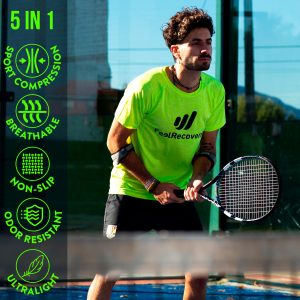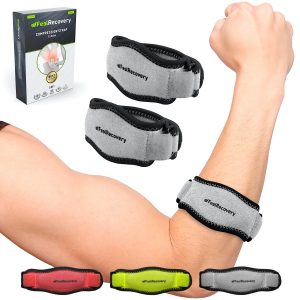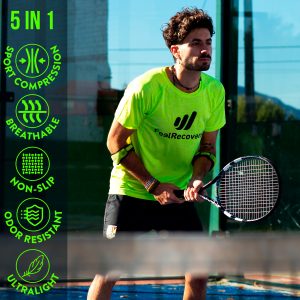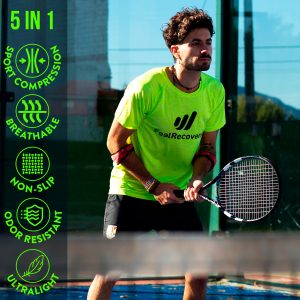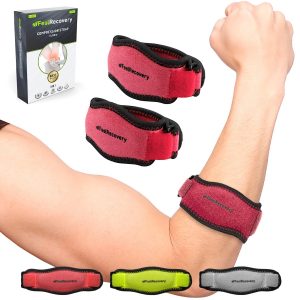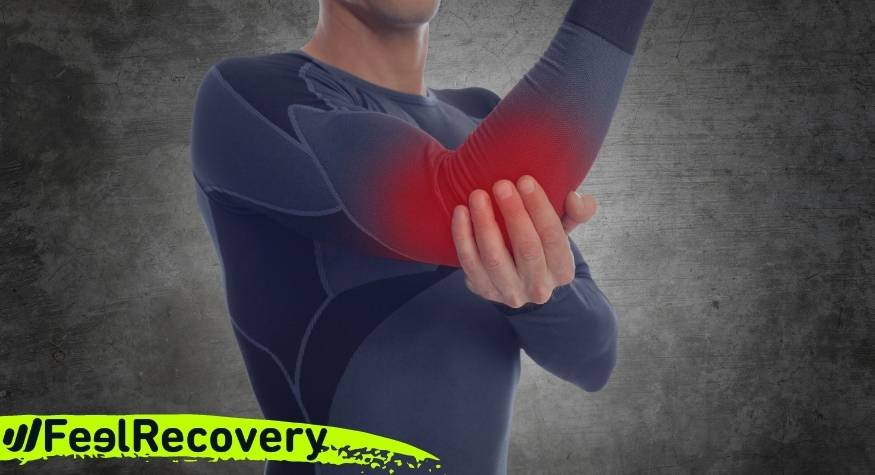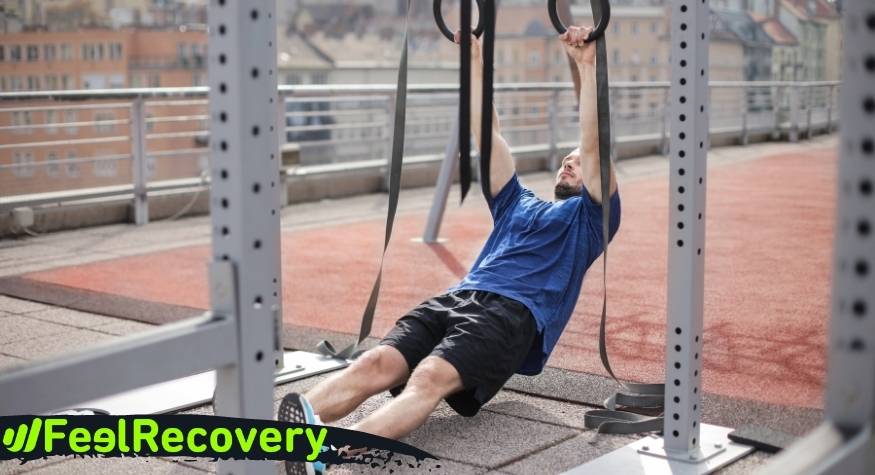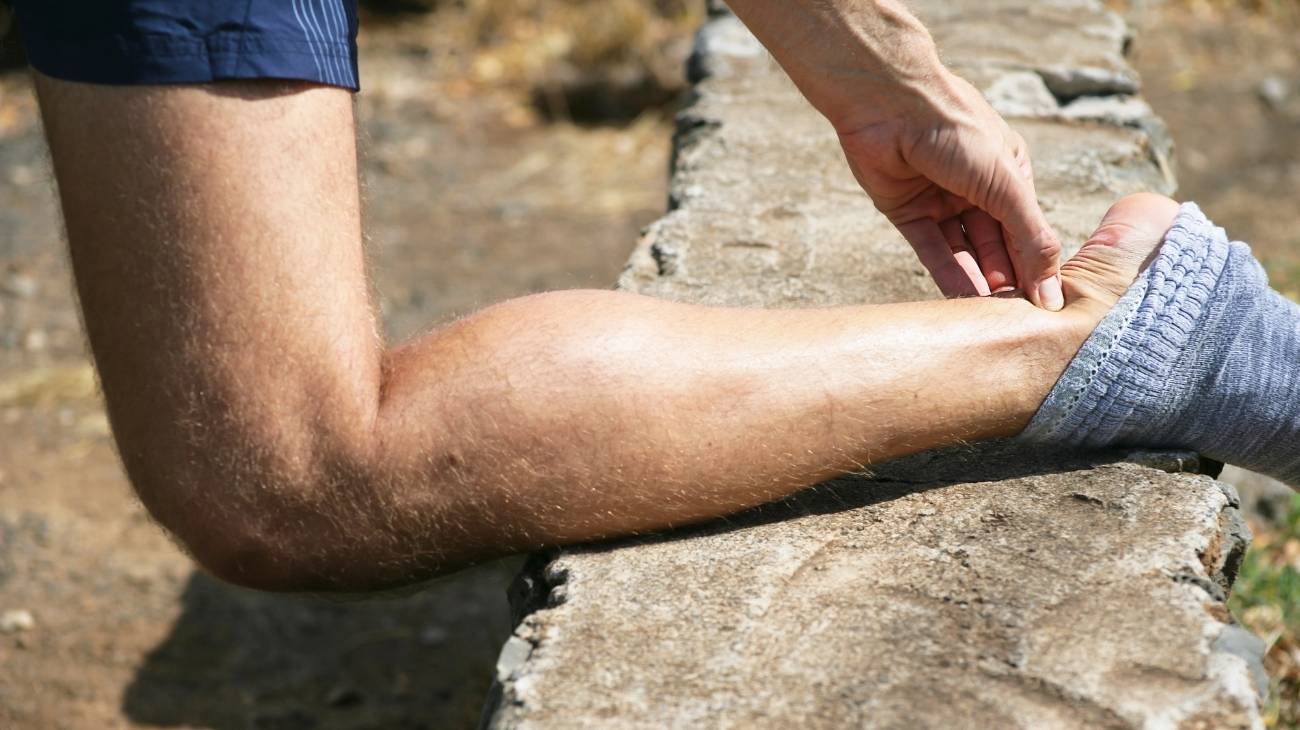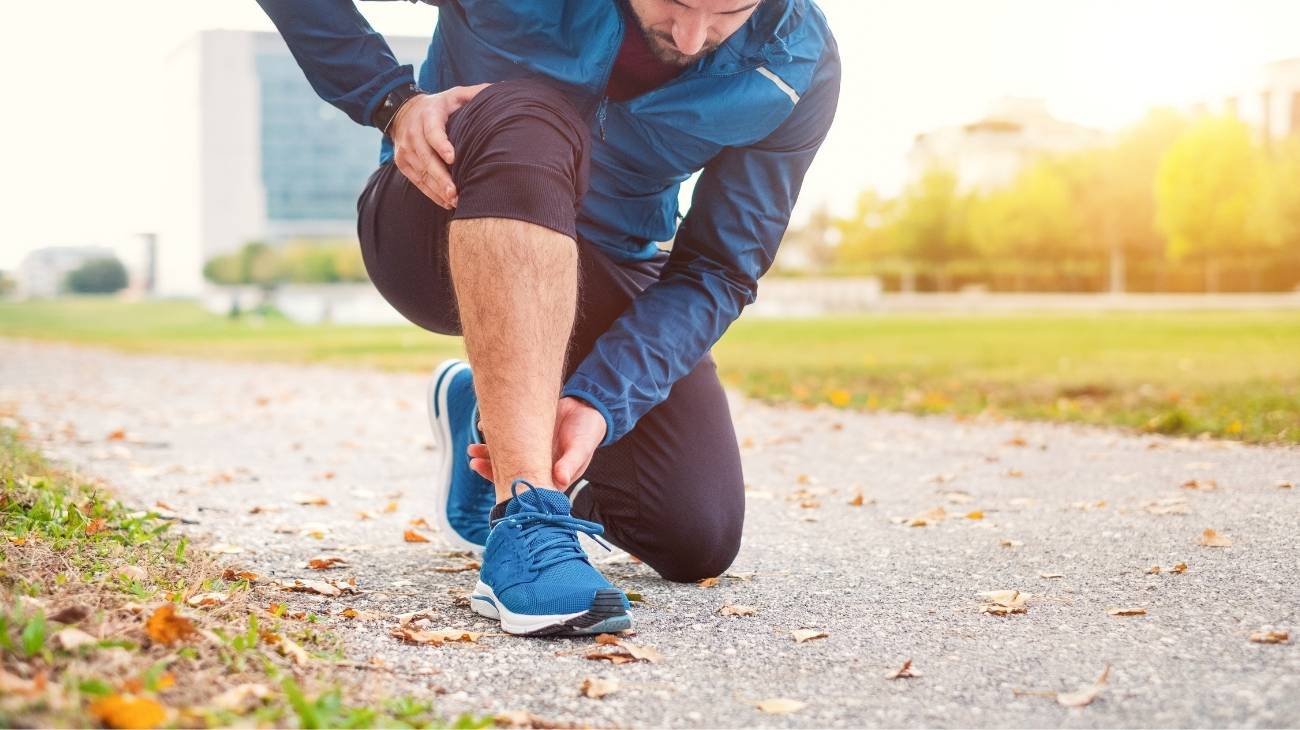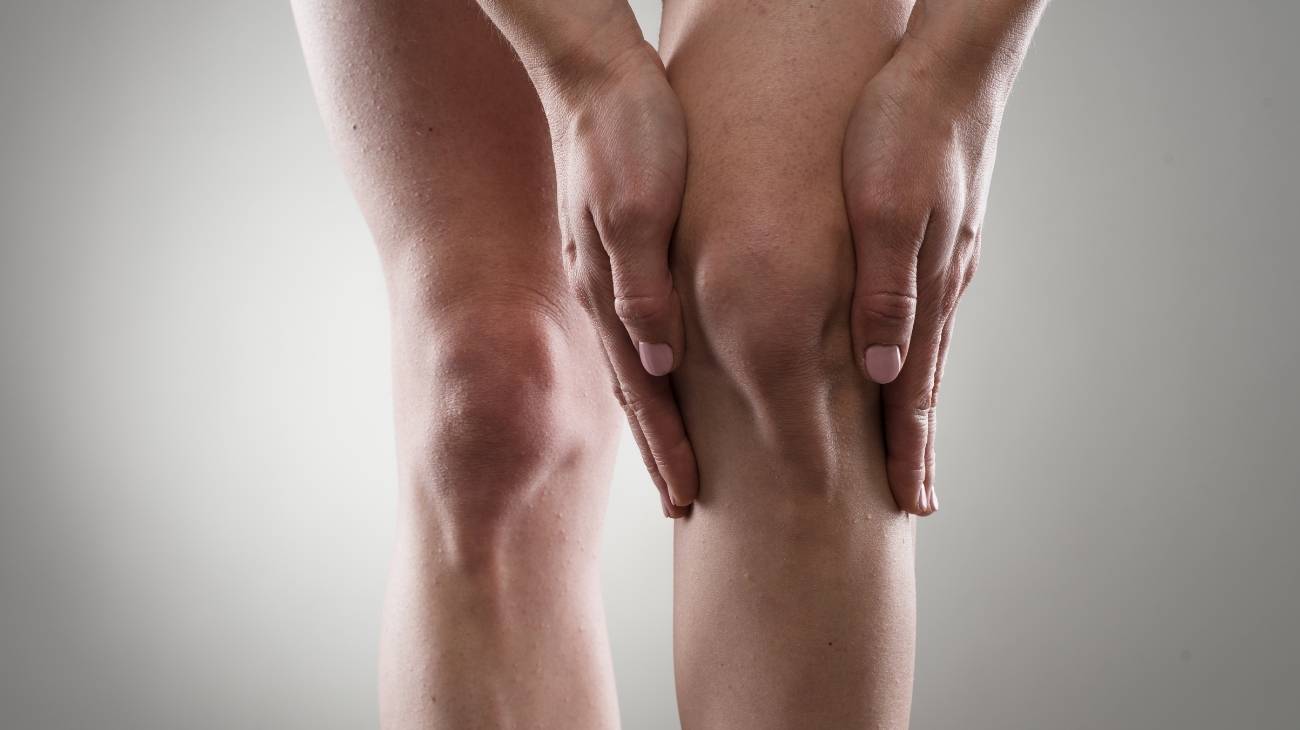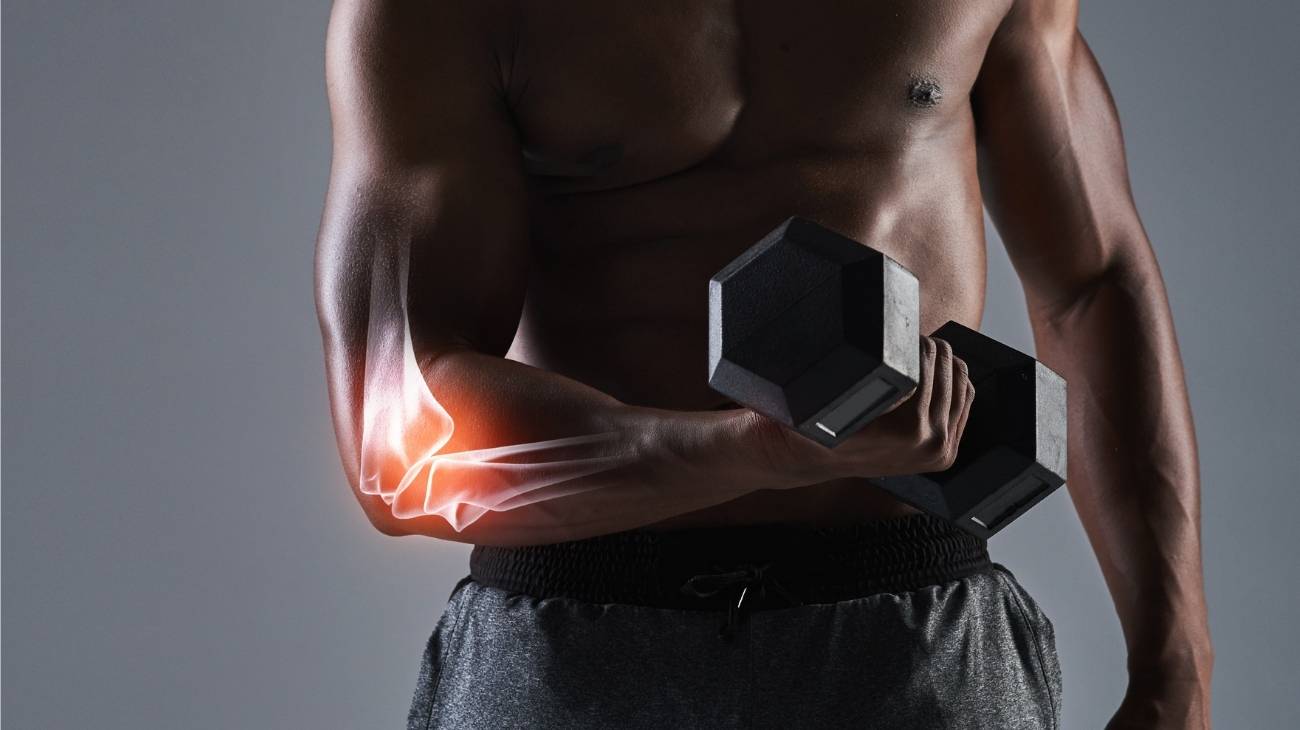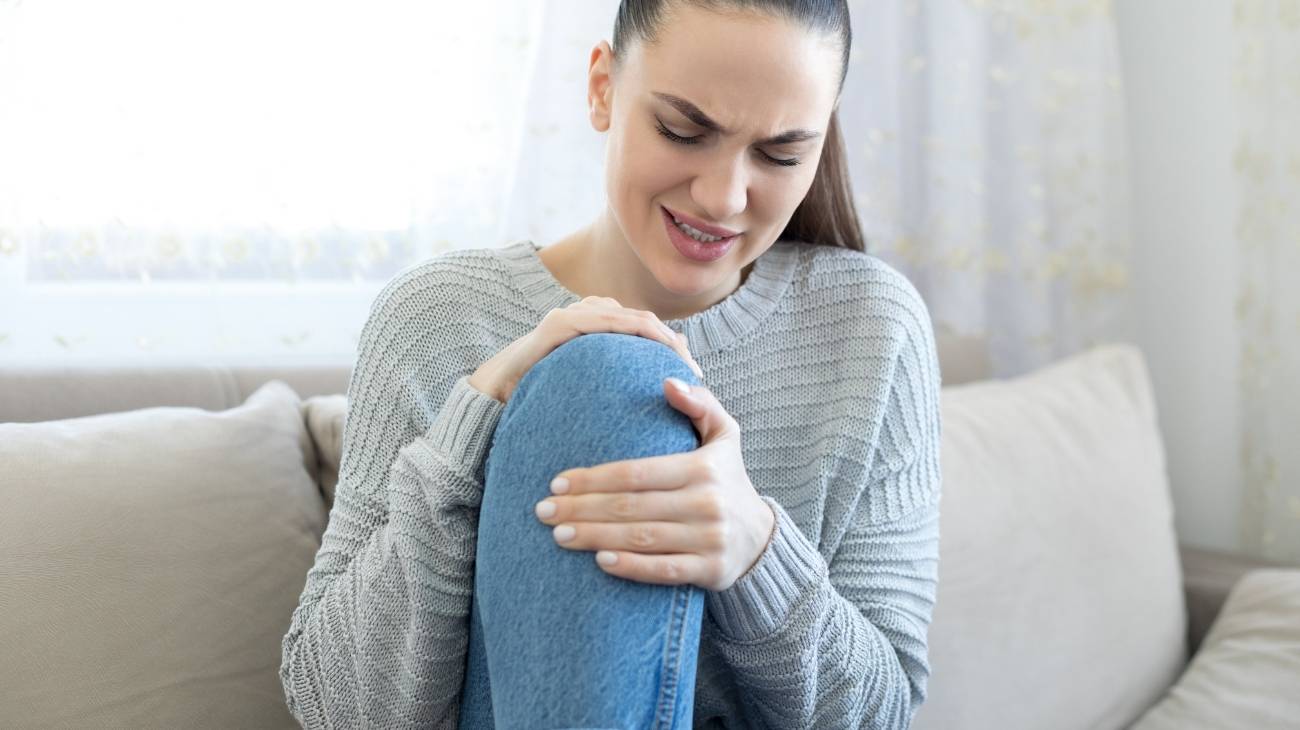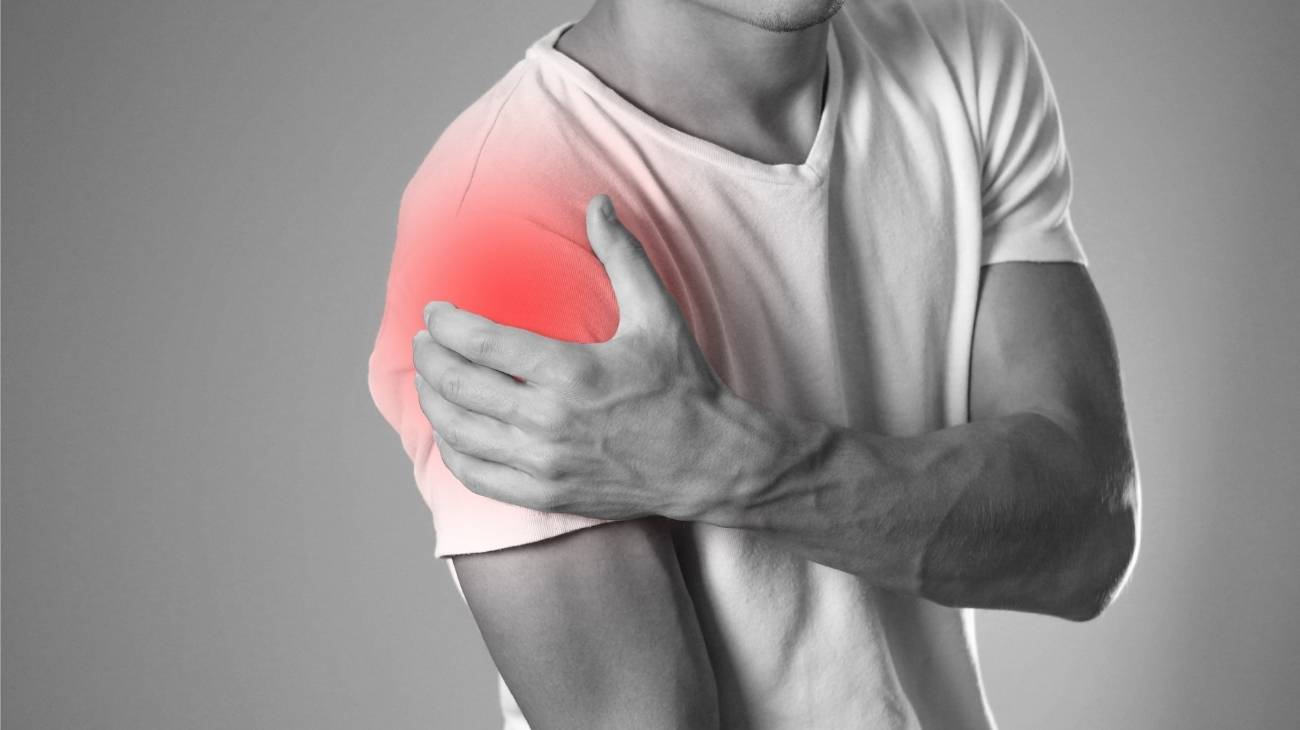The inflammation that occurs in the extensor tendons of the elbow is called tennis or golfer's elbow tendinitis. This type of injury can be caused by different reasons, which we will explain in this post. So, if you want to know in detail what elbow tendonitis is, read on to the end.
We will mention the symptoms that will warn you of the presence of microscopic ruptures that occurred in the tendon fibres of the elbow tissues. In addition, you will find information on the recovery methods and treatments that are currently used.
What is tennis and golfer's elbow tendonitis?
Lateral epicondylitis or tennis and golfer's elbow tendonitis is an inflammation that occurs in the tendon fibres that attach the lateral epicondyle to the extensor muscles of the forearm and hand. This is due to the overuse of this joint causing micro ruptures in the extensor tendon and the short radial tendon of the carpus, which generates inflammation and acute localised pain.
It is common to find this symptomatological picture in people who perform repetitive and constant movements in the elbow. An example of this are sportsmen and sportswomen who put a lot of stress on the joint, the most frequent being tennis players and golfers. Based on this, the condition is called tennis elbow tendinitis or golfer's elbow tendinitis.
What are the causes and risk factors for elbow tendonitis?
See below for risk factors that increase the likelihood that the extensor tendons in the elbow will become inflamed:
- Sports activities: Activities such as tennis or golf cause repetitive movements that expose the extensor tendons located in the elbow to the maximum. As a result, the blood cannot properly exchange nutrients and oxygen to eliminate the molecules located in the fibres. This is also related to manual work where constant elbow activity is required.
- Lifting heavy objects: It is not only sporting activities that cause extreme stress on the elbow tendons, but also all activities in which heavy lifting is required. This leads to extreme strain on the muscles and tendons located in our area.
- Lack of warm-up: It is common to find in workers or athletes who have to demand the elbow joint the lack of exercises that generate heat in the muscle-tendon structure of the elbow. This lack of exercise does not help the brain and tissues to be prepared to execute the movements correctly.
- Injuries and fractures: Trauma is a factor to be taken into account in order to avoid inflammation of the extensor tendons of the elbow. This is because blows and any other action suffered by this part of the body can cause bone spurs or crushing that do not allow the tendons to work properly.
- Obesity: Being overweight also contributes to golfer's elbow tendonitis due to excess uric acid and metabolites found in the tendon fibres.
- Incorrect body posture: Prolonged resting of the elbow on a hard surface or working while keeping the joint completely stiff can lead to tennis elbow tendonitis.
- Lack of magnesium and selenium: These nutrients are essential for the proper functioning of tendon fibres, so a lack of minerals, vitamins and other nutrients increases the chances of injury to the extensor tendons of the elbow.
- Age: People between 30 and 50 years old are more likely to develop this type of injury.
- Exposure to cold temperatures: The body tends to contract muscles when it feels cold, reducing the space in the tendon bursae. This can lead to inflammation in the soft tissues due to the reduced openness of the joints to work.
Best products for elbow tendonitis
Bestseller
-
2 Elbow Compression Sleeve (Black/Gray)
£17,50 -
2 Elbow Compression Sleeve (Green/Navy)
£17,50 -
2 Elbow Compression Sleeve (Pink/Bordeaux)
£17,50 -
2 Tennis Elbow Brace (Black/Gray)
£12,95 -
2 Tennis Elbow Brace (Green/Navy)
£12,95 -
2 Tennis Elbow Brace (Pink/Bordeaux)
£12,95 -
Acupressure Mat and Pillow (Black/Gray)
£44,95 -
Acupressure Mat and Pillow (Green/Navy)
£44,95 -
Acupressure Mat and Pillow (Pink/Bordeaux)
£44,95
Main symptoms of elbow tendonitis
Learn about the different signs and symptoms that will help you to know if you have elbow tendonitis
- Stiffness: Joint tightness in this part of the arm is common due to the limited space for the bursa and muscles to perform movements correctly due to inflammation of the extensor tendons.
- Pain: In the areas near the elbow the pain increases, while in the rest of the arm it is possible to feel discomfort in the shoulders and hands. The pain intensifies when you want to do something or lift objects.
- Inflammation: A characteristic sign of tennis elbow tendinitis is inflammation and the appearance of nodules in the affected area. This is caused by the accumulation of blood, which does not circulate properly in the joint.
- Discomfort after a night's rest: When the disease is in its early stages, it is possible to feel swelling and slight pain when getting up in the morning.
- Loss of sensation: Paresthesia and lack of sensation may be present in this area of the body due to stimulation of the nerve roots located in the elbow.
What treatments are there to improve and cure elbow tendonitis?
Find out which therapies and treatments are used to reduce the symptoms of tennis and golfers' elbow tendinitis below.
Alternative and complementary therapies
Check out the different ancillary treatments for elbow tendon injuries:
- Heat and cold therapy: Heat techniques can be applied to cause dilation of the vessels and stimulate blood flow to reduce inflammation in the affected area. On the other hand, the cold releases endorphins that act as analgesics, causing the pain symptoms to diminish. To obtain these benefits it is necessary to place cloths or water bags with different temperatures on the elbow, although it is also possible to include special gels on the joint.
- Compression therapy: Elbow braces and elastic bandages are used to reduce the movement of the tendon fibres. This helps the joint to remain immobilised or maintain mild activity, preventing further injury and improving blood flow. This reduces pain and seeks to regenerate the affected tissues, but its application must be supervised by the doctor so that it does not produce the opposite effect.
- Massage therapy: In this type of therapy, the aim is to lower the tension of the short radial carpal and forearm muscles so that the pressure produced in the bursae decreases. This also helps to eliminate the toxic debris in the tendon fibres, which causes pain and inflammation. Friction massage accompanied by thermotherapy is usually chosen as the type of massage.
- Acupressure therapy: Tennis elbow tendinitis, which affects the extensor tendons located in this part of the body, can be reduced in inflammation if the lateral epicondyle and radial carpal muscle are kept stimulated and with a slight range of motion. Through this Chinese medicine it is possible to stimulate the exchange of gases and nutrients between the blood and the tendon fibres of the elbow extensors. This is done by means of pressure on different strategic nerves distributed throughout the body, using only the therapist's palms and fingers.
- Thermotherapy: One of the great benefits of heat is to cause dilation of the capillary vessels located in the tendon fibres of the elbow. This produces an exchange between the blood and the tissues, eliminating waste generated by tendinitis. For its application, the supervision of a professional is necessary, as injuries to the skin must be avoided and the correct temperature must be maintained to provoke dilation.
- Natural remedies using plants: It should be borne in mind that for the application of this alternative treatment it is necessary to consult a doctor for approval of its use. This is because certain plants have analgesic and anti-inflammatory properties, but could harm the general symptomatology of the elbow injury. For this reason, professional supervision is necessary before preparing an infusion or applying to the affected area. The most commonly used medicinal plants for this type of ailment are ginger, willow, rosemary and aloe vera.
- Healthy life habits: It is necessary that the patient knows how the tendons located in the elbow work, for this reason this auxiliary therapy is applied to reduce the symptomatology of inflammation in the tendon fibres. This treatment will help to improve posture and to carry out daily tasks without forcing the muscle-tendon structure of this articular part of the body. In order to do so, it is advisable that the person learns different healthy lifestyle habits that will help to avoid new injuries and to get the current tendinitis into remission more quickly. Eating healthy and exercising are also therapeutic approaches that are taken into account in this therapy.
Nutritional supplements
In order for the extensor tendons to relax and return to their normal position , it is necessary to reduce the inflammation caused in these fibres. To do this, it is advisable to incorporate certain nutrients that help to reduce the pain and other symptoms of elbow tendonitis.
This can be done through food, but also through dietary supplements, which include Omega 3, methylsulfonylmethane, potassium, sodium and other components present in the joints. The latter include chondroitin, hyaluronic acid and glucosamine. The doctor's intervention is essential to ensure the safety of the treatment and to avoid future injuries.
Physiotherapy treatments
Rehabilitation aims to restore muscle tone, arm strength and joint mobility. For this purpose, different physiotherapy techniques are used, which are carried out by a qualified physiotherapist.
Among the most common are laser therapy, electrotherapy and ultrasound wave treatments. These therapies aim to stimulate the internal tissues by heating them to stimulate the vessels of the capillary walls and thus improve blood circulation.
Medications
Pharmacological treatment must be prescribed by the doctor to avoid future complications in the injury itself and in the rest of the patient's body. For this reason, self-medication is not recommended in any case due to the serious consequences that this practice can have.
Aspirin and ibuprofen are two non-steroidal anti-inflammatory drugs that are frequently applied in this type of tendinitis. It is also possible to find patients who reduce pain by means of opioid analgesics, such as paracetamol.
Surgeries
It is possible to treat elbow tendinitis by surgery. This practice is used only in severe cases where the disease has progressed too far and torn tendons can be found. Epicondylitis surgery is the most recurrent operation applied in these cases, which consists in the reinsertion of tissue into the tendon.
Prevention for elbow tendon inflammation
If you want to prevent the occurrence of tennis elbow tendonitis, you need to pay attention to the following tips that will help you with this task
- Avoid heavy lifting: Lifting heavy weights can put stress on the elbow tendons due to the excessive strain on the muscles and tendon fibres. This is also related to sports or work activities where the chances of developing golfer's elbow tendinitis are high.
- Incorporate healthy lifestyle habits: Eating and exercising will help keep the elbow joint in shape. This will improve blood flow to this part of the body and keep debris out of the extensor tendon fibres.
- Strengthening the arm: Since the muscles are the tissues that protect us, strengthening them will help us to prevent this type of injury. Exercises that strengthen the arms, forearms and shoulders are highly recommended.
- Do not rest your elbow on hard surfaces: Correct posture helps prevent this type of injury to the extensor tendons. For this reason, not resting your elbow on hard surfaces or maintaining the same position for a long time will help to avoid tennis elbow tendinitis.
- Warm up your elbows: Predisposing the muscles and tendons to an activity will help prevent inflammation in the muscle-tendon structure.
- Avoid repetitive movements: These activities directly affect the tendon fibres. For this reason, it is advisable to avoid these actions or if for some reason you have to carry them out, try to rest from time to time.
References
- Nirschl, R. P., & Ashman, E. S. (2003). Elbow tendinopathy: tennis elbow. Clinics in sports medicine, 22(4), 813-836. https://www.sportsmed.theclinics.com/article/S0278-5919(03)00051-6/fulltext
- Taylor, S. A., & Hannafin, J. A. (2012). Evaluation and management of elbow tendinopathy. Sports Health, 4(5), 384-393. https://journals.sagepub.com/doi/abs/10.1177/1941738112454651
- Stasinopoulos, D., Stasinopoulou, K., & Johnson, M. I. (2005). An exercise programme for the management of lateral elbow tendinopathy. British journal of sports medicine, 39(12), 944-947. https://bjsm.bmj.com/content/39/12/944.short
- Coombes, B. K., Bisset, L., & Vicenzino, B. (2015). Management of lateral elbow tendinopathy: one size does not fit all. journal of orthopaedic & sports physical therapy, 45(11), 938-949. https://www.jospt.org/doi/full/10.2519/jospt.2015.5841
- Bjordal, J. M., Lopes-Martins, R. A., Joensen, J., Couppe, C., Ljunggren, A. E., Stergioulas, A., & Johnson, M. I. (2008). A systematic review with procedural assessments and meta-analysis of low level laser therapy in lateral elbow tendinopathy (tennis elbow). BMC Musculoskeletal Disorders, 9, 1-15. https://link.springer.com/article/10.1186/1471-2474-9-75
- Almekinders, L. C., & Temple, J. D. (1998). Etiology, diagnosis, and treatment of tendonitis: an analysis of the literature. Medicine and science in sports and exercise, 30(8), 1183-1190. https://europepmc.org/article/med/9710855
- Kainberger, F. M., Engel, A., Barton, P., Huebsch, P., Neuhold, A., & Salomonowitz, E. (1990). Injury of the Achilles tendon: diagnosis with sonography. AJR. American journal of roentgenology, 155(5), 1031-1036. https://radnuk.meduniwien.ac.at/fileadmin/radiodiagnostik/pdf/1_Kainberer_et_al_1990.pdf
- Sandmeier, R., & Renström, P. A. F. H. (1997). Diagnosis and treatment of chronic tendon disorders in sports. Scandinavian journal of medicine & science in sports, 7(2), 96-106. https://onlinelibrary.wiley.com/doi/abs/10.1111/j.1600-0838.1997.tb00125.x
- Alfredson, H., & Lorentzon, R. (2002). Chronic tendon pain: no signs of chemical inflammation but high concentrations of the neurotransmitter glutamate. Implications for treatment?. Current drug targets, 3(1), 43-54. https://www.ingentaconnect.com/content/ben/cdt/2002/00000003/00000001/art00004
- Williams, J. G. P. (1986). Achilles tendon lesions in sport. Sports Medicine, 3, 114-135. https://link.springer.com/article/10.2165/00007256-198603020-00003







